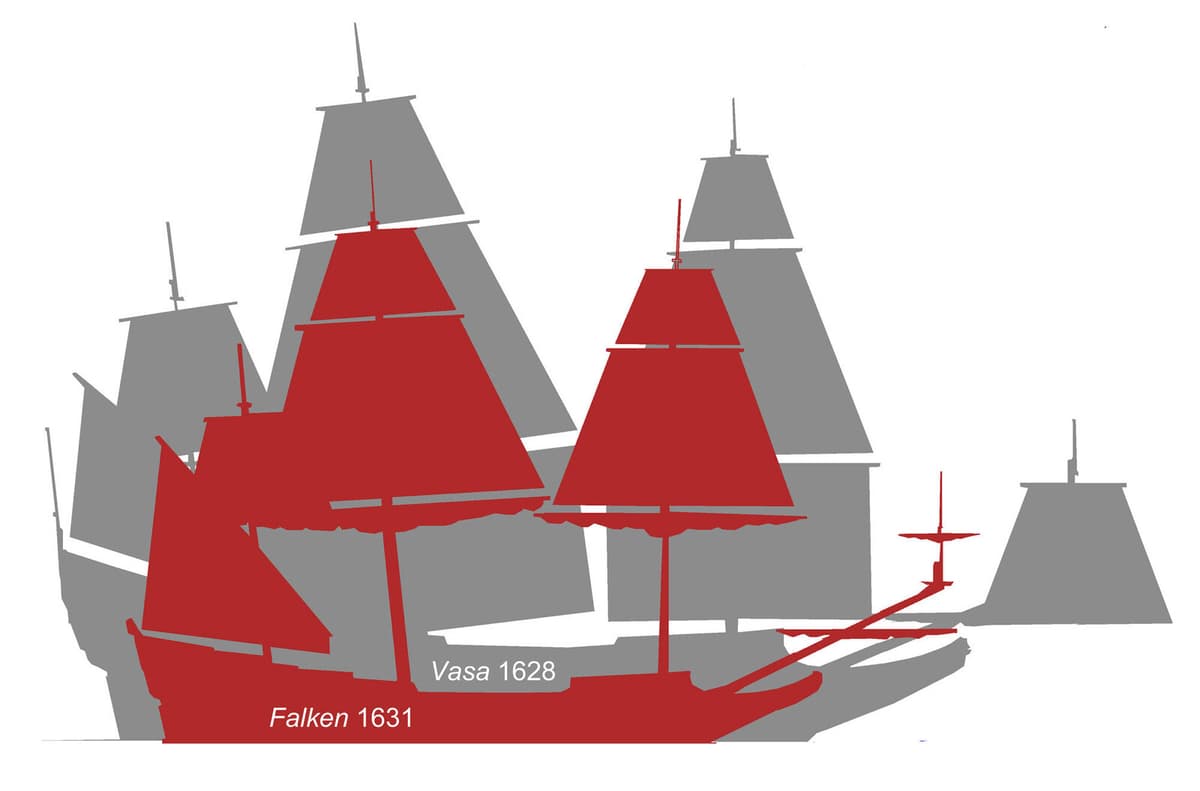Falken is not the largest or most well-known ship in Swedish history, in the shadow of mainly Vasaskeppet, Äpplet and Riksäpplet. But it stands out in other ways.
The thing that is cool with Falken is that it is so small and that it was used more frequently. It worked roughly like a limousine that transported between different places, says Niklas Eriksson who managed to identify Falken.
One of the "historical celebrities" who was on board was King Gustav II Adolf. On his order, the ship was built with large cabins and other facilities in Stockholm between 1630 and 1631, probably by shipbuilder Hein Jakobsson. Only a few years earlier, he had completed Vasaskeppet.
Three masts
Falken was significantly smaller than its predecessor, approximately 35 meters from bow to stern compared to Vasas 69, but it had three masts and was equipped with between 16 and 20 cannons depending on the mission.
In addition to the former king, Falken transported historical figures such as Count Palatine Karl Gustaf (later Karl X Gustaf), Erik Gyllenstierna and Count Erik Stenbock.
The thing that is most exciting is that they used Falken for such types of transports. There were not so many such ships in the fleet and now we can learn more about this task.
The long-unknown wreck was found 50 years ago at Porkala Point in southern Finland. Five years ago, it was documented by the Finnish Maritime Archaeological Society, which created a digital 3D model of the ship. This has been crucial in identifying the well-preserved shipwreck.
Coins decisive
Thanks to the 3D model, I could see that it was a warship, you can see that on some of the pins. I then contacted my colleague Minna and she told me that a Swedish coin from 1636 had been salvaged from the ship.
Niklas Eriksson went back to the National Archives and found a ship that ran aground in relatively recent times compared to the coin – Falken. Upon closer examination, all the information between the wreck and Falken matched, the identification was confirmed.
We were extremely happy and in Finland they were enthusiastic.
If the ship is to be salvaged, it is up to the Finnish Museum Authority. Next week, they, and Niklas Eriksson, will dive at the wreck site.
I hope to learn how Falken looked and about life on board.





